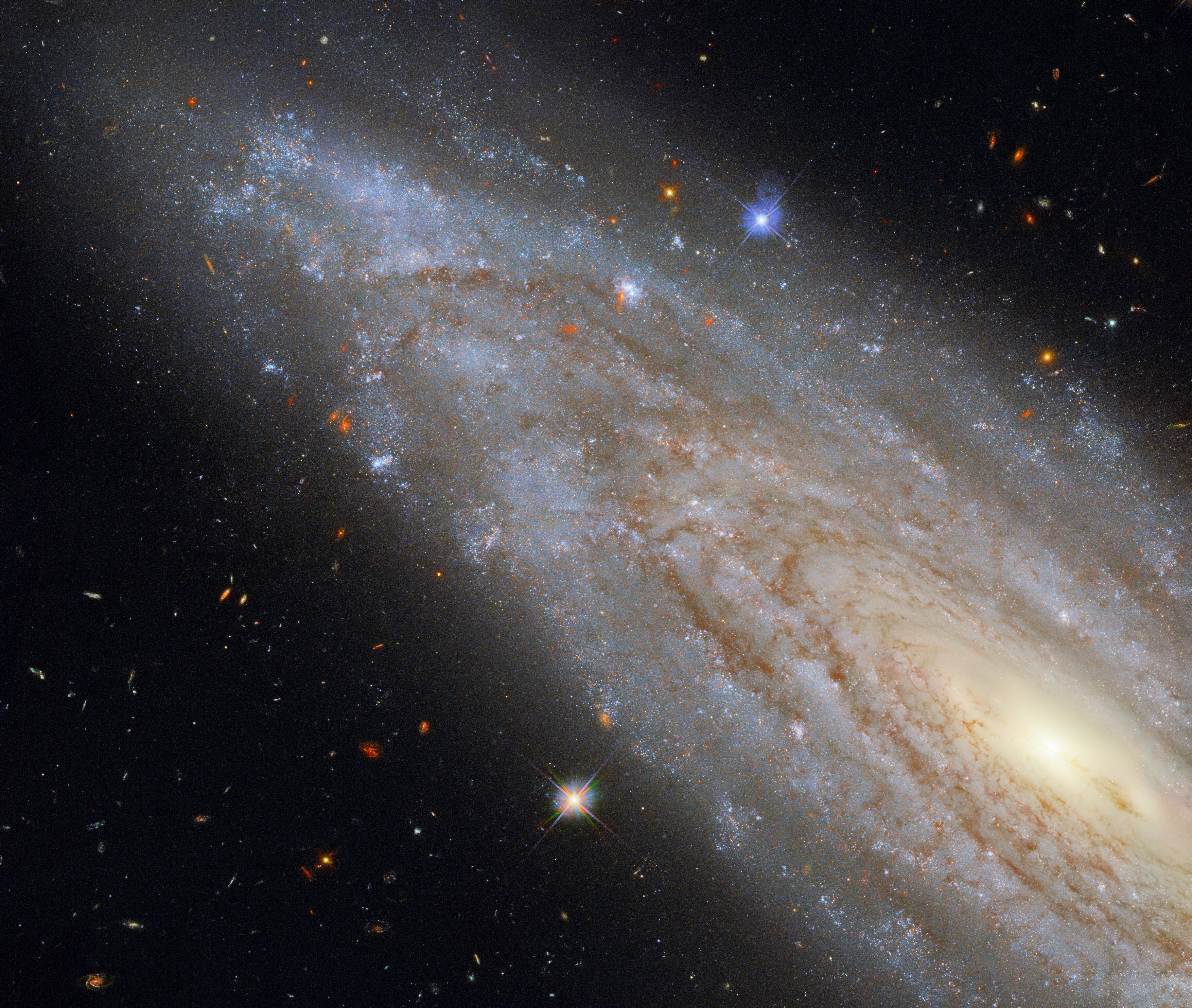Earth’s atmosphere could be used to detect dark matter, scientists suggest
Dark matter makes up 85% of the universe but the mysterious material is incredibly difficult to detect

Astronomers may have discovered a new way to detect dark matter particles using the Earth’s atmosphere itself.
Dark matter is made up of mysterious and invisible particles that are incredibly difficult to detect, only ‘visible’ through the effect they have on the rest of the universe. It is thought that this matter makes up 85 per cent of the universe and approximately one quarter of its mass.
A new study has suggested that discovering this elusive material could be done using radar systems on the ground.
Scientists generally only look for tiny particles of dark matter, but its possible that particles with large mass – that might not reach traditional detectors on Earth – could be found.
“One of the reasons dark matter is so hard to detect could be because the particles are so massive,” said John Beacom, a professor of physics and astronomy at Ohio State. “If the dark-matter mass is small, then the particles are common, but if the mass is large, the particles are rare.”
The way this would be done is similar to how scientists track meteors, both of which produce ionization deposits – a form of radiation that leaves behind atoms that can conduct electricity known as free electrons.
Radars send electromagnetic energy into the atmosphere, which then bounces off the electrons. This then signals either the presence of a meteor, or of dark matter.
This new practice could be used in cooperation with other ways to search for dark matter. “Current cosmology techniques are pretty sensitive, but they don’t have a way to check their own work,” Professor Beacom said.
“This is a totally new technique, so if scientists are unsure about what they’ve detected, a signal from cosmology could be checked in detail with the radar technique.”
Scientists have only recently detected dark matter that surrounded galaxies 12 billion years ago, through watching as light travels through distant star clusters. Researchers use microwaves, rather than visible light, showing the way the dark matter clumped up in the early universe.
However, while theory suggests that the dark matter should stick together and form lumps in the cosmos, there was much less of that than predicted.
“Our finding is still uncertain”, said Hironao Miyatake from Nagoya University, “but if it is true, it would suggest that the entire model is flawed as you go further back in time. This is exciting because if the result holds after the uncertainties are reduced, it could suggest an improvement of the model that may provide insight into the nature of dark matter itself.”



Join our commenting forum
Join thought-provoking conversations, follow other Independent readers and see their replies
0Comments